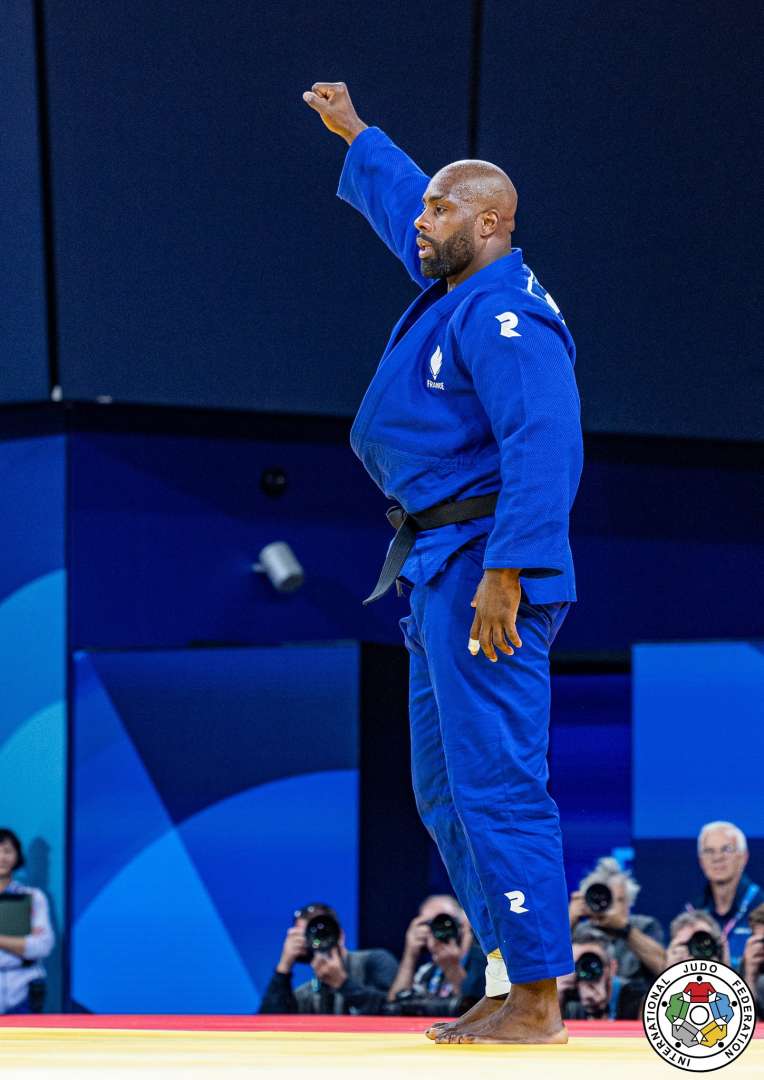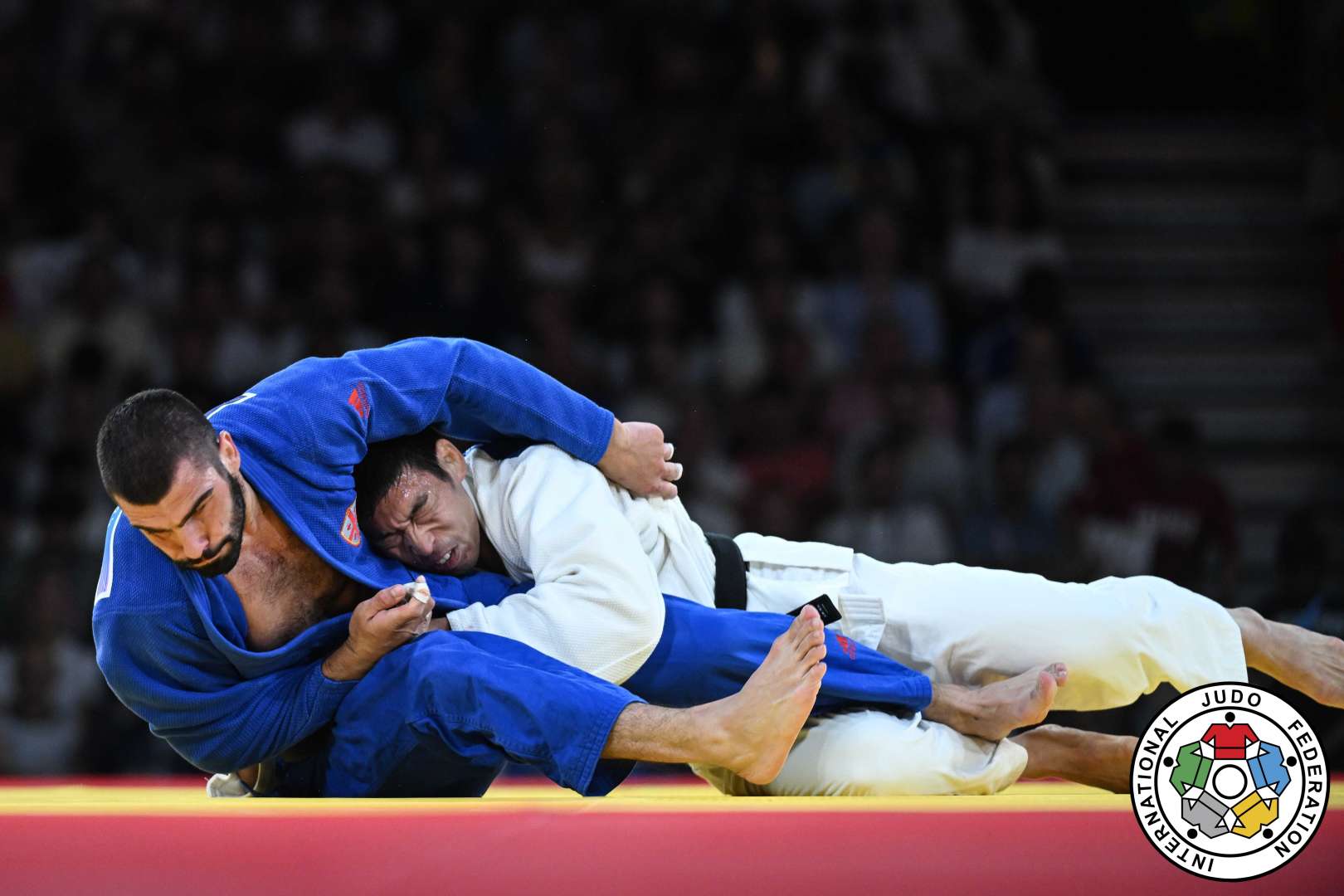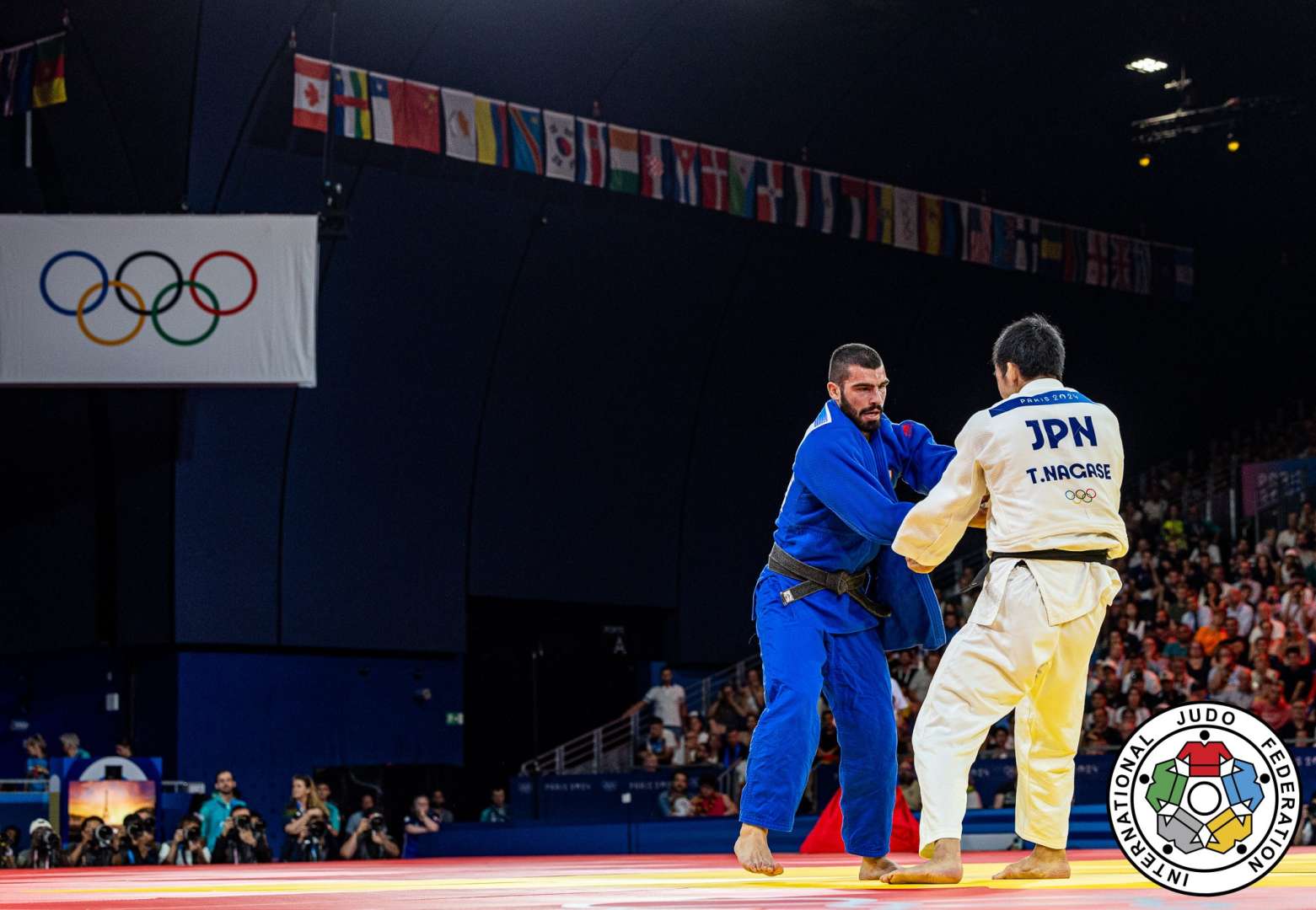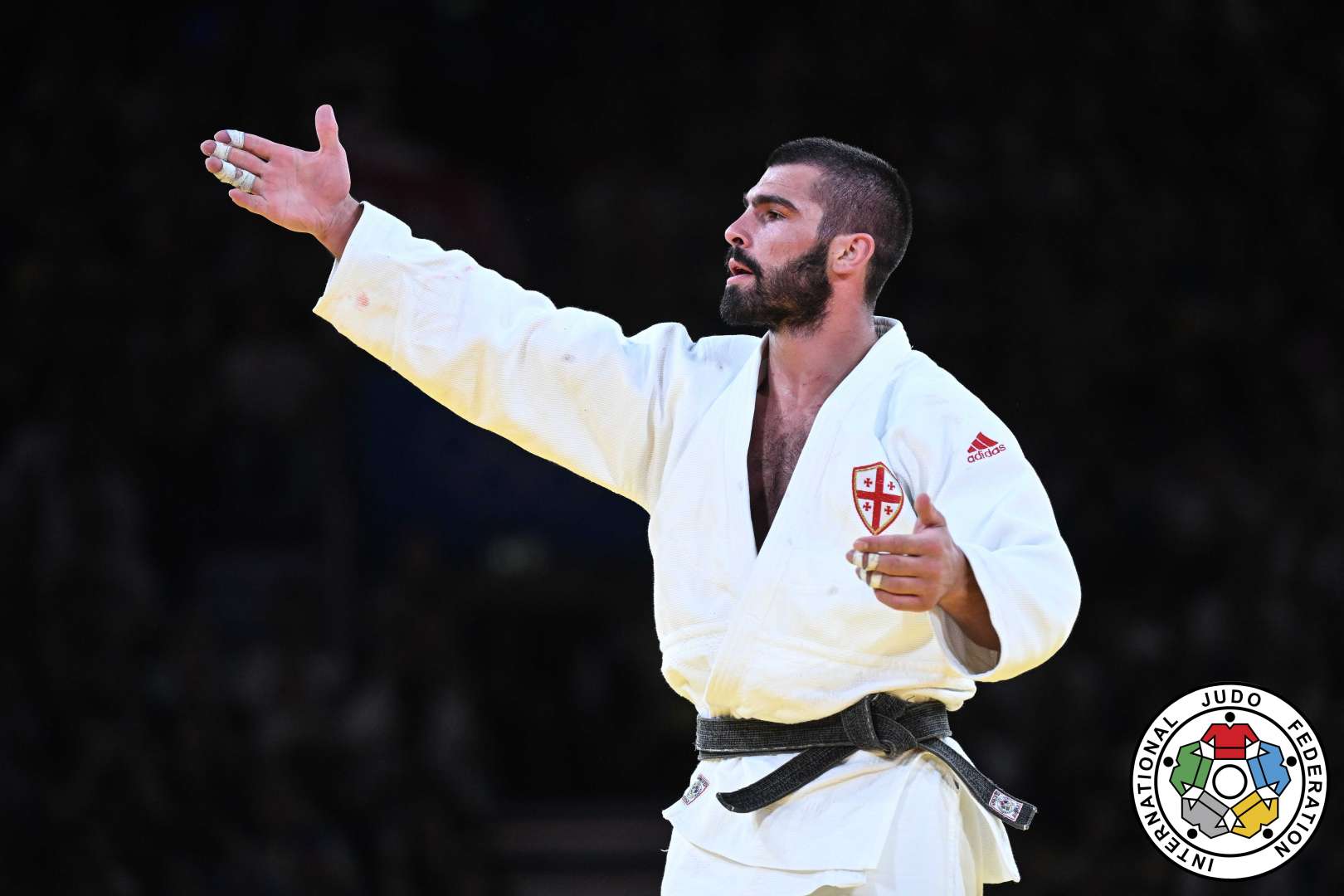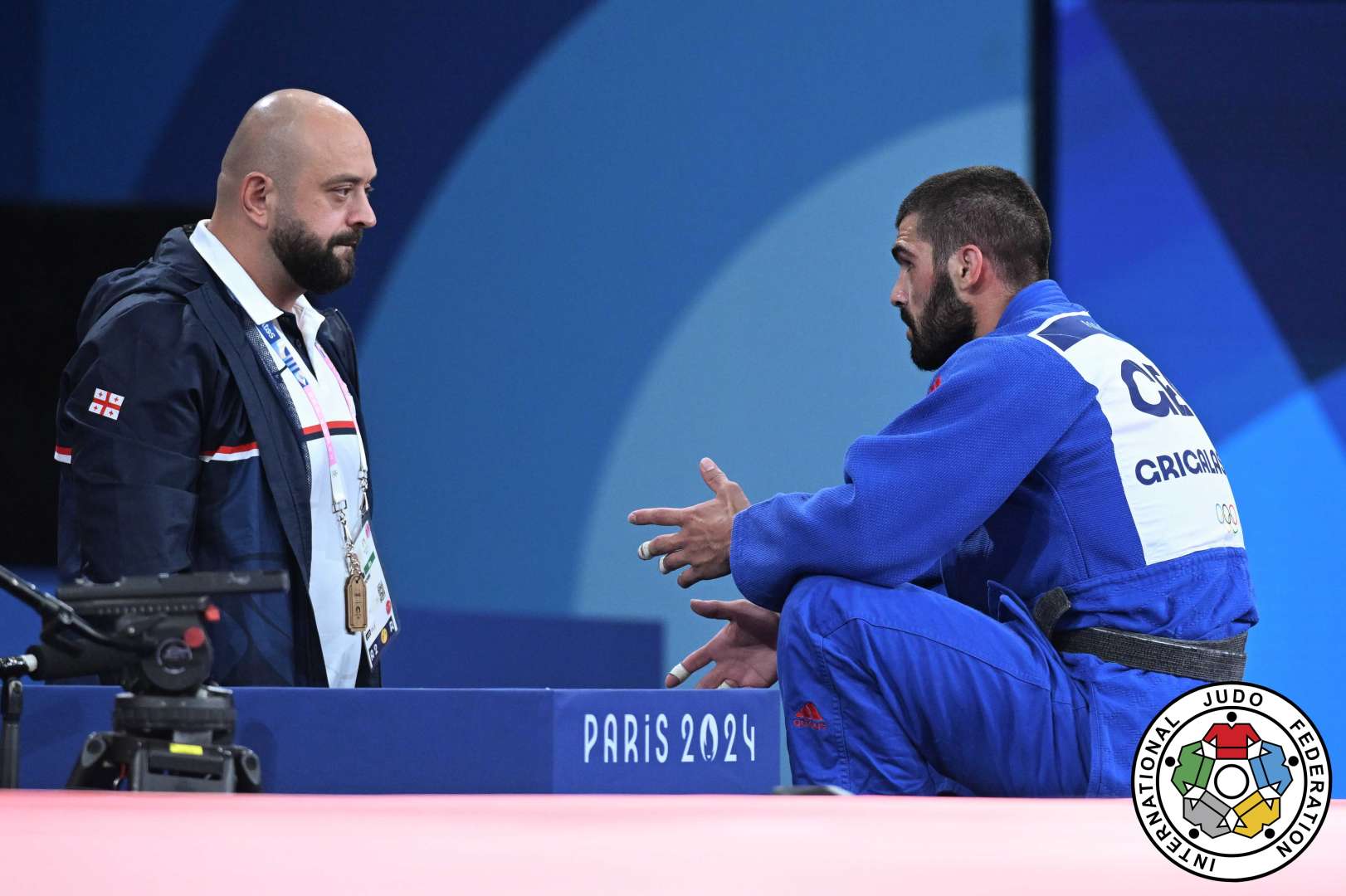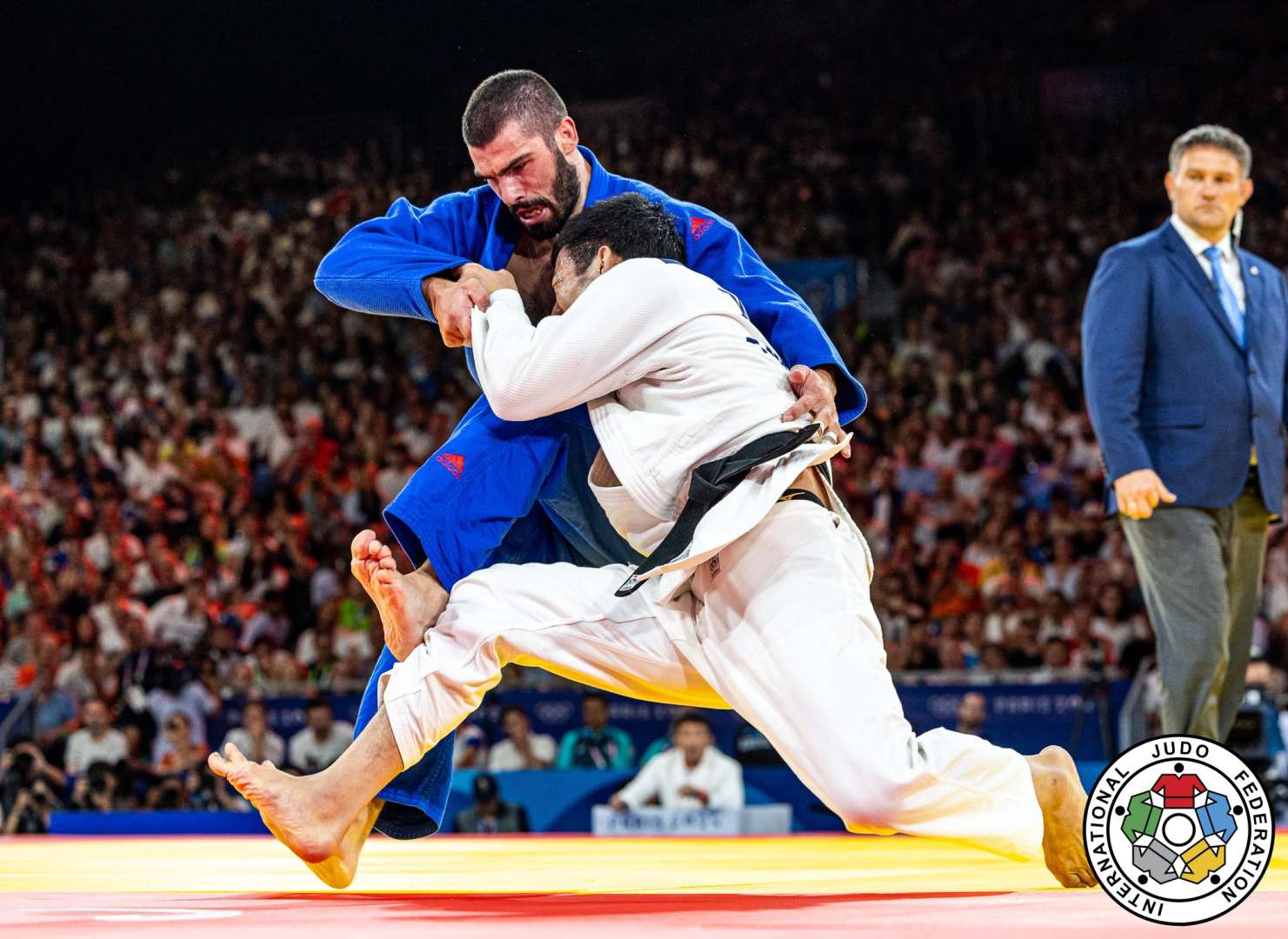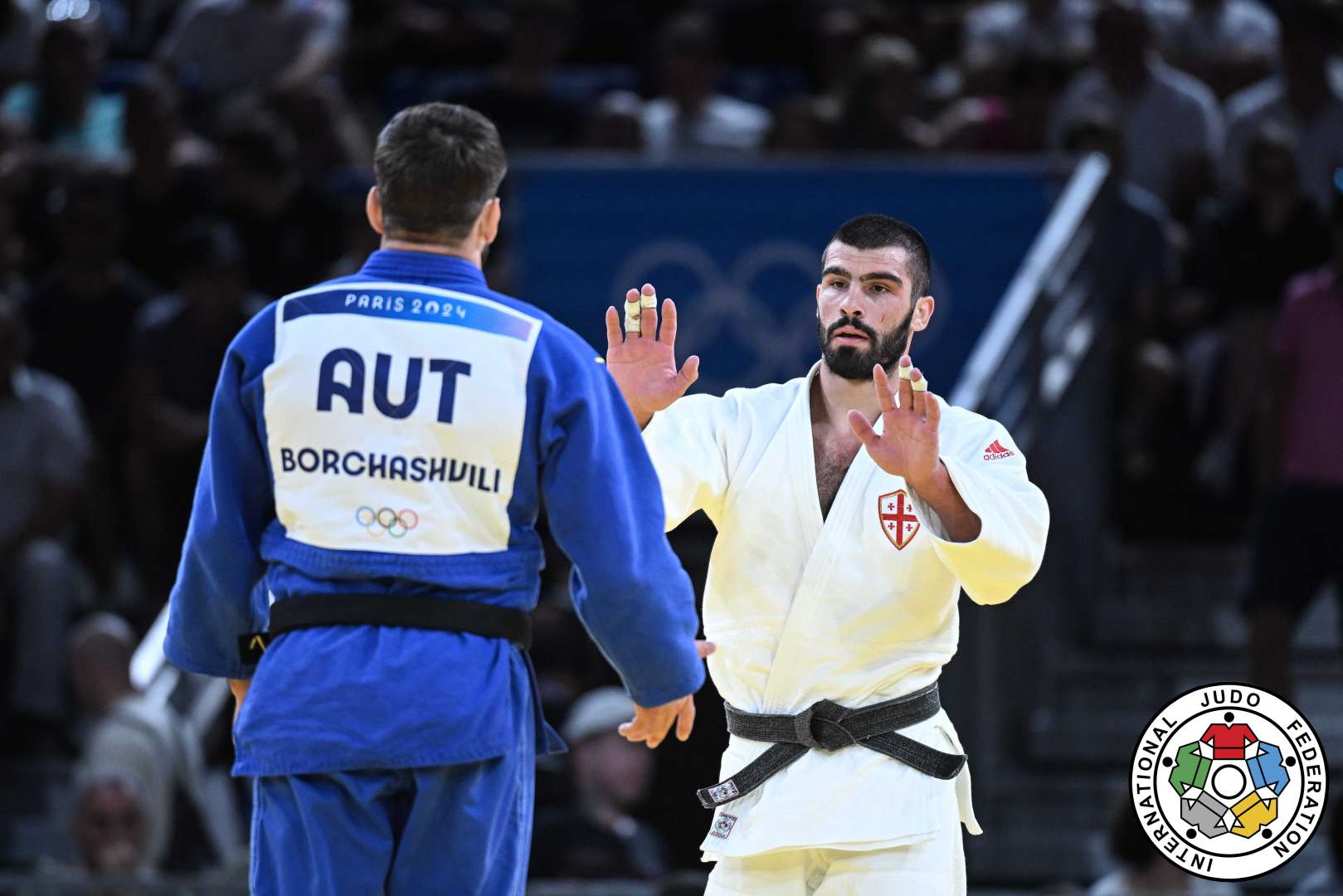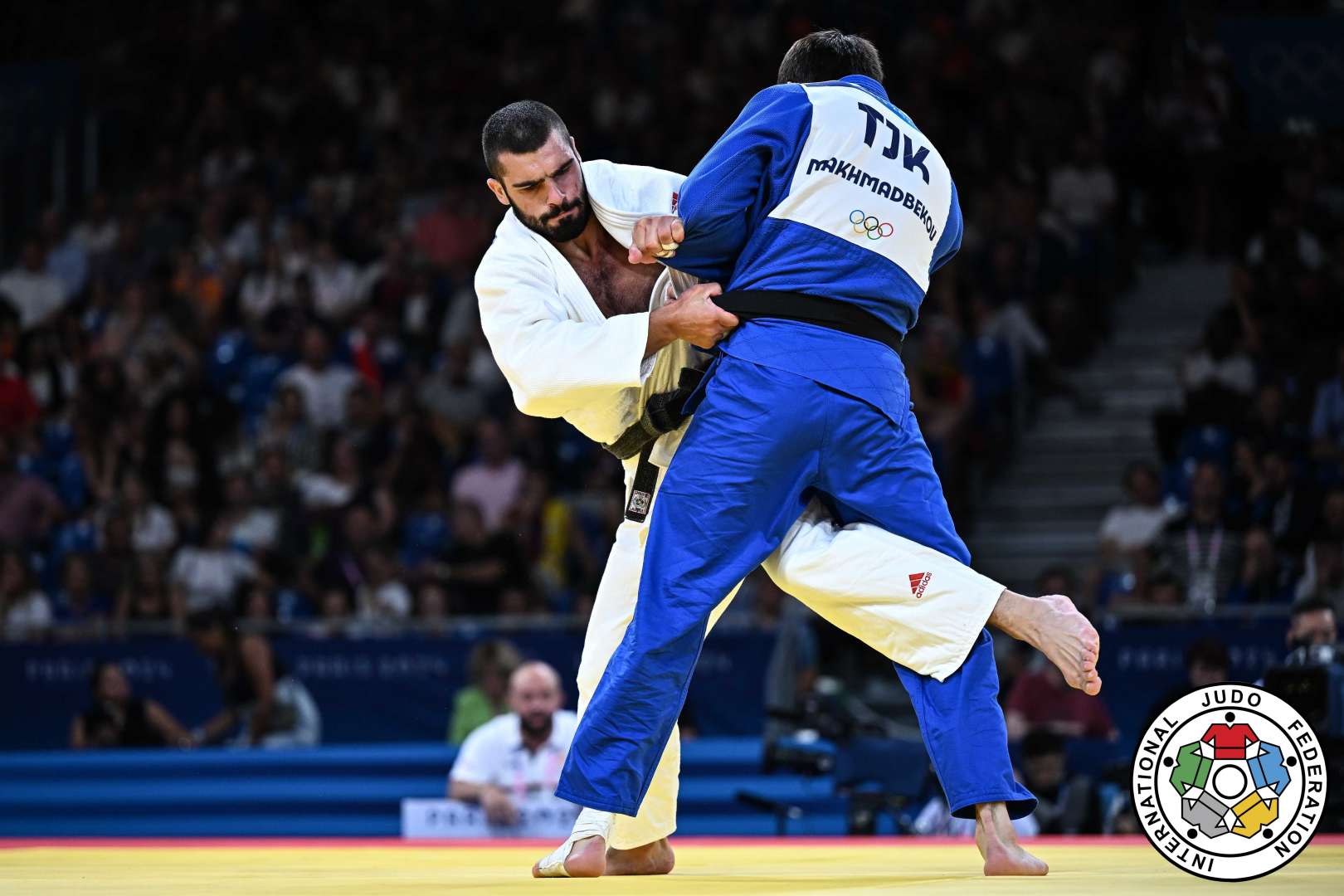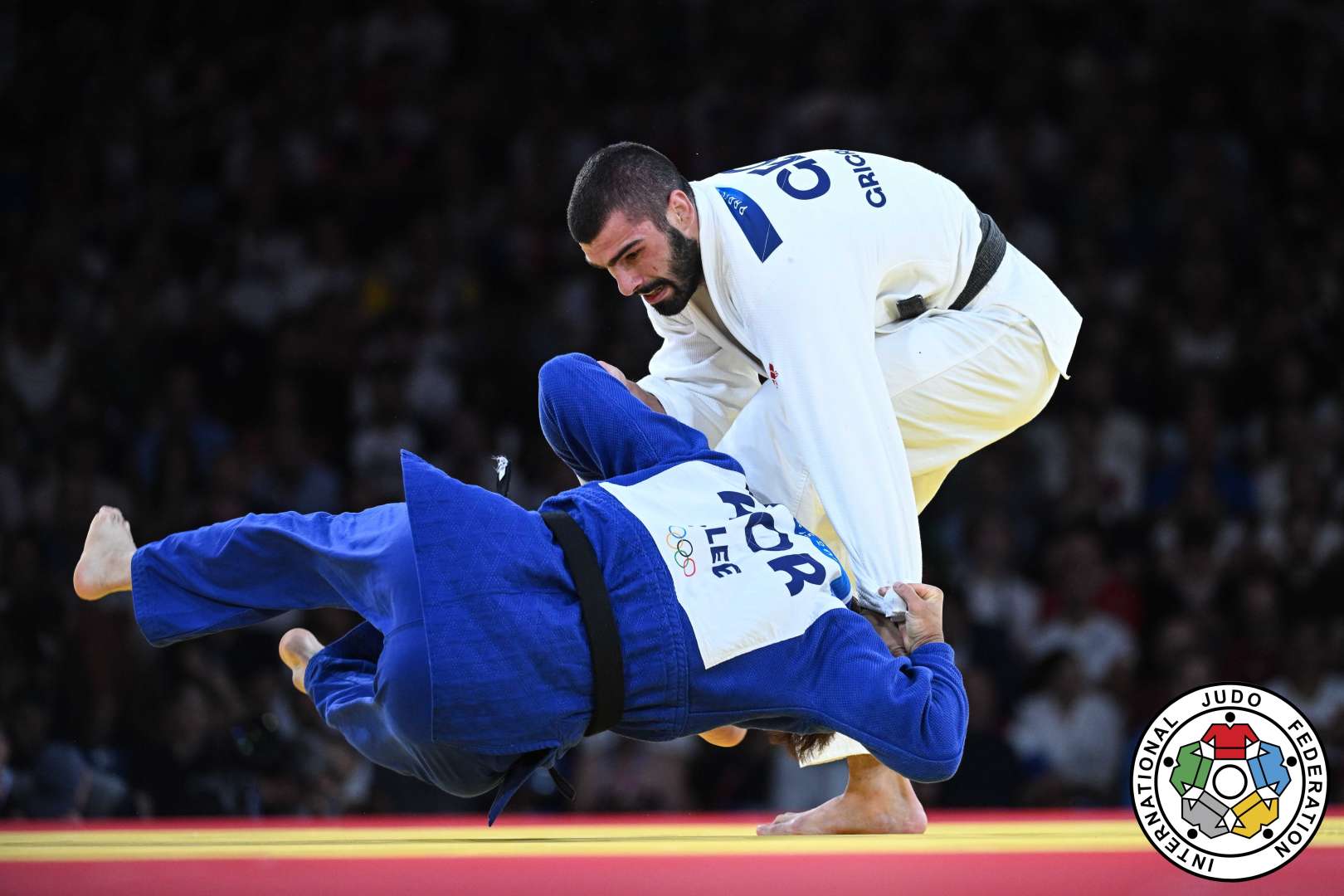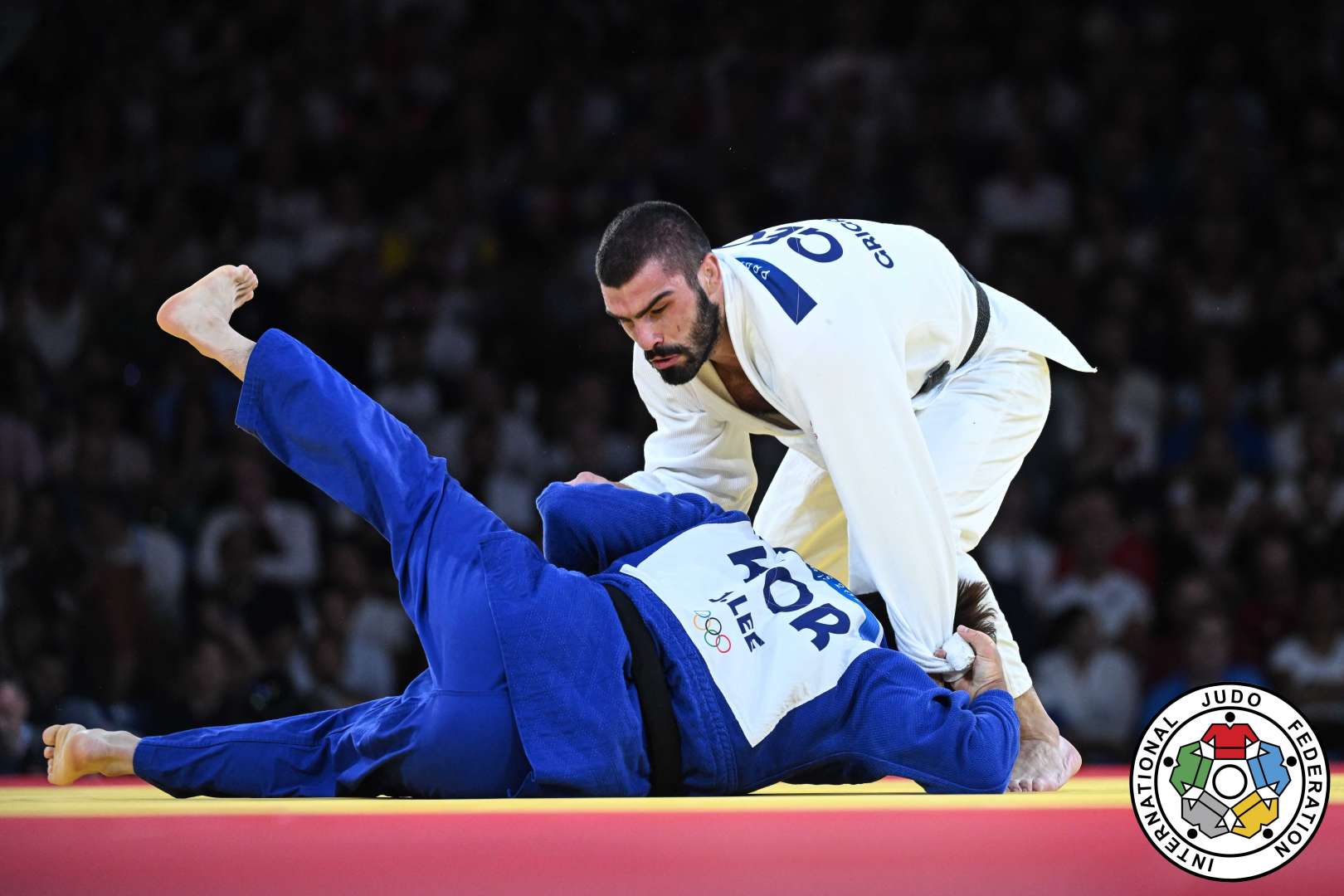Japan Pioneers Refereeing Reforms to Challenge Teddy Riner’s Reign
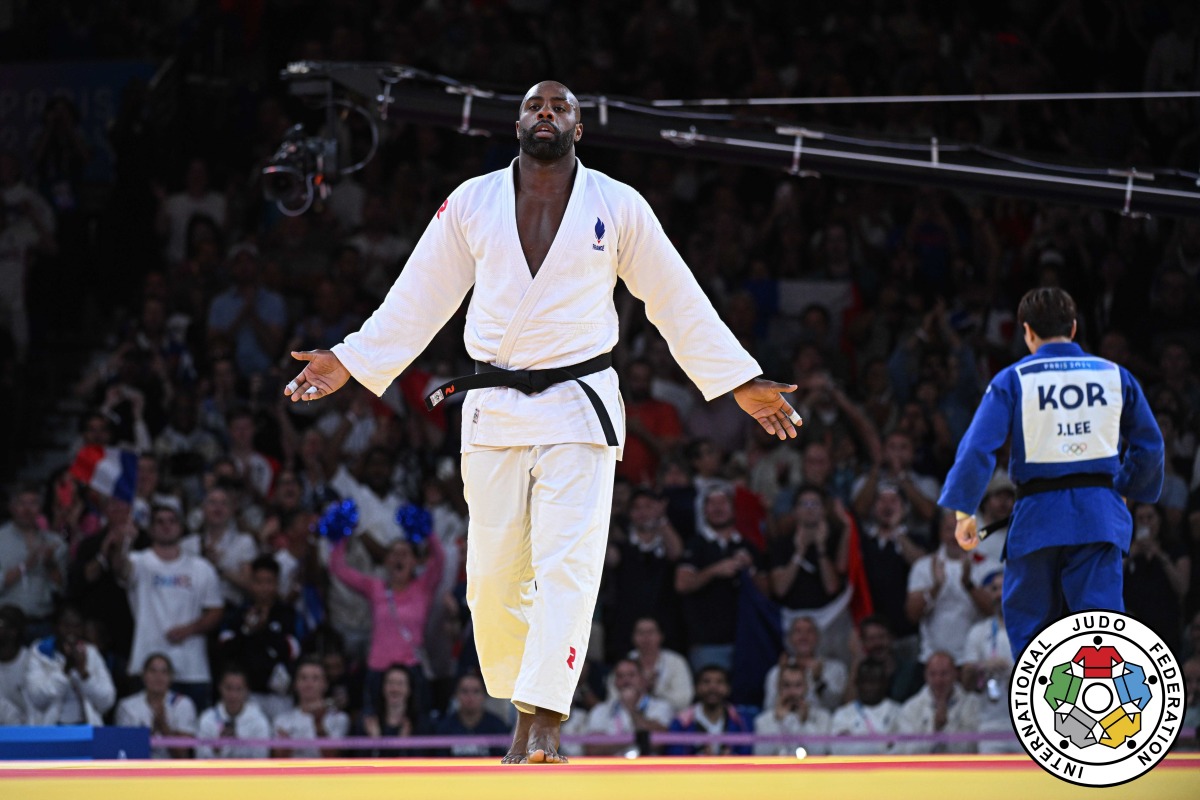
 8 Nov 2024 11:30
8 Nov 2024 11:30

 Tamara Kulumbegashvili - IJF
Tamara Kulumbegashvili - IJF
Born in 1989, Teddy Riner became one of the greatest judokas in history, achieving the following milestones: eleven-time world champion and five-time Olympic gold medalist, with three individual golds and two tram golds.
As you can imagine, such an undefeated winning streak has sparked interest in the iGaming community, with the willing of online betting on judo available in several online casino spots.
Another movement to challenge Teddy Riner's reign was Japanese-referred reforms, including reauthorising previously banned leg attacks. Let's look closer at this case.
New Refereeing Rules Brought Up by Japan
As history suggests, these reforms were part of a broader effort to modernise judo and enhance its appeal to athletes and spectators. Key changes include:
- Reauthorisation of leg attacks, techniques that involved leg grabs – morote-gari (two-handed reap) and kuchiki-taichi (single-leg takedown). This has diversified the range of methods that can be used in the competitions of the judokas, making it more challenging to adapt their strategy.
- Continuity of Action. Consequently, new rules emphasised the importance of uninterrupted action during throws and combinations. For instance, if there is a pause in the execution of the technique, it will not be scored.
- Scoring criteria like waza-ari and ippon have been clarified. Basically, waza-ari was only awarded when a judoka landed on the side of their body at an angle of 90 degrees or more to the tatami. As you might imagine, this presented quite a challenge for judokas.
- Implementation of safety measures was taken to the next level. Techniques such as reverse seoi-nage, which posed a high risk of injury, have been restricted to ensure the safety of the athletes.
Underlying reasons behind the reforms
The primary reason for these reforms was to give the judo a second breath, making it more exciting and competitive. Reintroducing leg attacks, for instance, made the sport more unpredictable and varied, attracting a wider audience and challenging dominant athletes like RIner.
Practically speaking, judokas had to expand their repertoire and include leg grabs and other techniques, making judo more dynamic. Similarly, judo matches became more interesting to watch, which undoubtedly attracted and, most importantly, retained a larger audience. Ultimately, the reforms made judo more balanced and a competitive field.
Teddy Riner's reaction to the new rules
Whether this is surprising or not, Riner has expressed a mix of confidence and adaptability in response to new rules introduced by Japan. In fact, he stated that new regulations will require him to adjust his techniques and strategies. However, Teddy remained upbeat about his ability to continue winning the game – since then, he has participated in an intensive training camp that focused on the reintroduced leg attacks and another new perspective.
This led to the successful integration of these methods into his existing repertoire. It also opened the opportunity to study opponents who were proficient in their technique and develop counter strategies.
Riner told others that staying ahead of the competition involves evolving judo skills. Japan, in one way or another, pushed him further and made the sport more exciting for many.
 like
like
 share
share
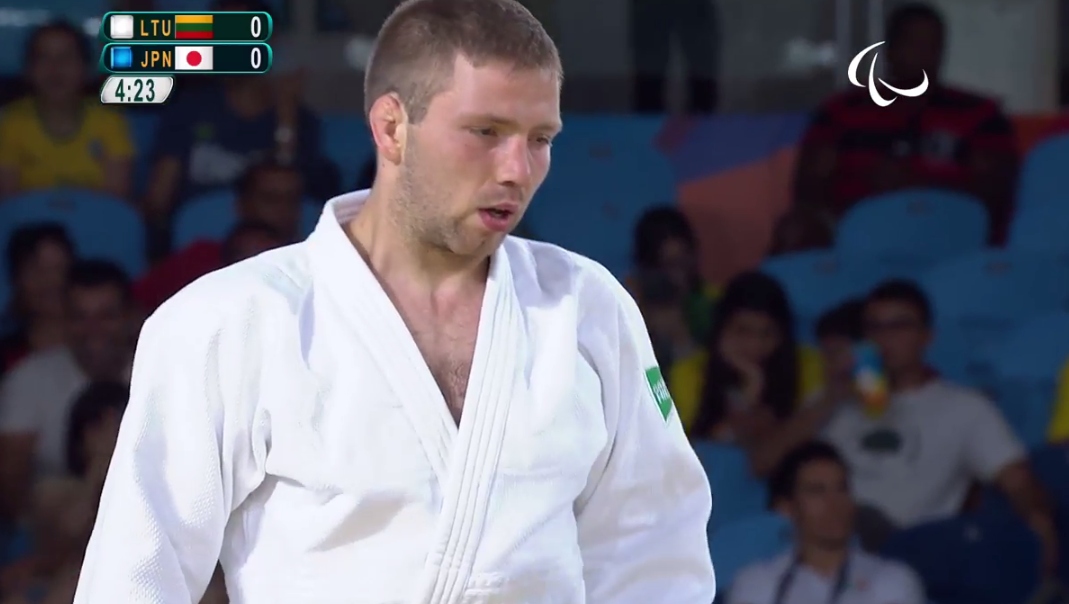
| Result | City | Date |
|---|---|---|
| 2 | Paris | 30 Jul |
| 1 | Abu Dhabi | 21 May |
| 1 | Zagreb | 26 Apr |
| 3 | Belgrade | 2023 |
| 2 | Montpellier | 2023 |


